The 2025 Maternal ATI Practice Exam: With 75 Comprehensive Questions, Expert Answers & Rationales for Exam Success is an expertly crafted study resource tailored for nursing students gearing up for the ATI Maternal exam in 2025. This practice exam includes 75 comprehensive, Next Gen NCLEX (NGN)-formatted questions, such as case studies and select-all-that-apply items, covering essential maternal nursing topics like prenatal care, intrapartum and postpartum management, and newborn care. Key areas of focus include managing high-risk pregnancies (e.g., preeclampsia, gestational diabetes), interpreting fetal heart rate patterns, addressing postpartum complications like hemorrhage, and performing newborn assessments such as APGAR scoring. Each question is accompanied by expert answers and in-depth rationales that explain clinical reasoning, such as why fundal massage is prioritized for uterine atony over other interventions, or the significance of administering RhoGAM to Rh-negative mothers. Aligned with the latest ATI test blueprint, this resource also provides test-taking strategies, time management tips, and insights into the NCSBN Clinical Judgment Measurement Model (NCJMM), empowering students to excel on the ATI Maternal exam, prepare for the NCLEX, and thrive in clinical practice.
Preview
1. A nurse is providing education to a female client of child-bearing age. The nurse
should state which of the following structures expels the mature ovum?
A. Blastocyst
B. Fallopian tube
C. Corpus luteum
D. Graafian follicle ✅
Correct Answer: D. Graafian follicle
Rationale: The Graafian follicle is a fluid-filled structure in the ovary that releases the
mature ovum during ovulation. The fallopian tube is where fertilization occurs, and the
corpus luteum secretes hormones to support early pregnancy.
2. A nurse is performing a physical assessment of a male newborn. Which of the
following findings should the nurse report to the provider?
A. Superficial cracking and peeling are evident on the skin of the hands and feet.
B. The palmar grasp occurs spontaneously when a newborn is sucking.
C. The bulge of the testes is palpable in the inguinal canal.
D. There is decreased abdominal movement with breathing. ✅
Correct Answer: D. Decreased abdominal movement with breathing
Rationale: Newborns are diaphragmatic breathers, meaning they rely on abdominal
movement during respiration. Decreased abdominal movement can indicate respiratory
distress and should be reported immediately.
3. A nurse is providing education to a client who is 4 weeks postpartum and
breastfeeding. The client asks about expected weight loss. Which of the following
responses should the nurse make?
A. “Losing 2.2 pounds each month would be acceptable.” ✅
B. “Losing 4.4 pounds each month would be acceptable.”
C. “Losing 5.5 pounds each month would be acceptable.”
D. “Losing 6.6 pounds each month would be acceptable.”
Correct Answer: A. Losing 2.2 pounds each month
Rationale: Gradual weight loss is recommended for postpartum clients, especially those
who are breastfeeding. A safe weight loss rate is approximately 1 pound per week (2.2
pounds per month) to ensure adequate nutrition and milk supply.
should state which of the following structures expels the mature ovum?
A. Blastocyst
B. Fallopian tube
C. Corpus luteum
D. Graafian follicle ✅
Correct Answer: D. Graafian follicle
Rationale: The Graafian follicle is a fluid-filled structure in the ovary that releases the
mature ovum during ovulation. The fallopian tube is where fertilization occurs, and the
corpus luteum secretes hormones to support early pregnancy.
2. A nurse is performing a physical assessment of a male newborn. Which of the
following findings should the nurse report to the provider?
A. Superficial cracking and peeling are evident on the skin of the hands and feet.
B. The palmar grasp occurs spontaneously when a newborn is sucking.
C. The bulge of the testes is palpable in the inguinal canal.
D. There is decreased abdominal movement with breathing. ✅
Correct Answer: D. Decreased abdominal movement with breathing
Rationale: Newborns are diaphragmatic breathers, meaning they rely on abdominal
movement during respiration. Decreased abdominal movement can indicate respiratory
distress and should be reported immediately.
3. A nurse is providing education to a client who is 4 weeks postpartum and
breastfeeding. The client asks about expected weight loss. Which of the following
responses should the nurse make?
A. “Losing 2.2 pounds each month would be acceptable.” ✅
B. “Losing 4.4 pounds each month would be acceptable.”
C. “Losing 5.5 pounds each month would be acceptable.”
D. “Losing 6.6 pounds each month would be acceptable.”
Correct Answer: A. Losing 2.2 pounds each month
Rationale: Gradual weight loss is recommended for postpartum clients, especially those
who are breastfeeding. A safe weight loss rate is approximately 1 pound per week (2.2
pounds per month) to ensure adequate nutrition and milk supply.




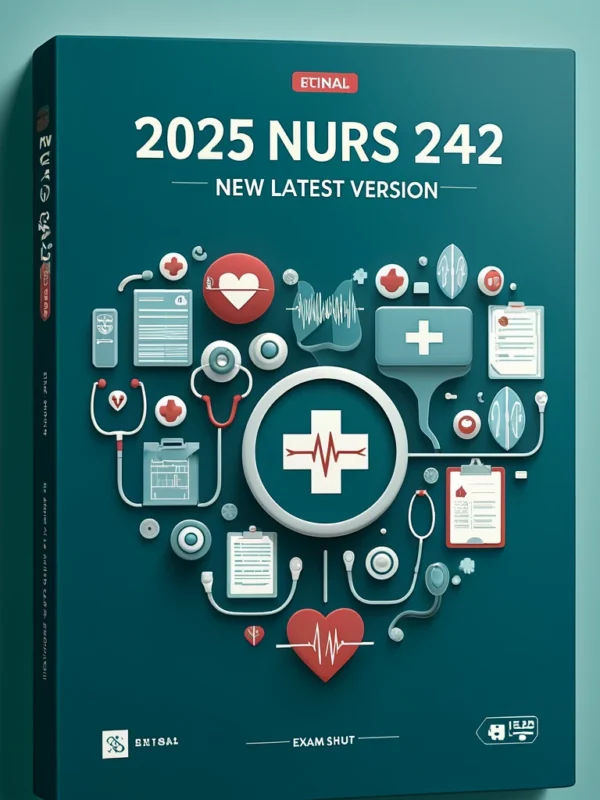
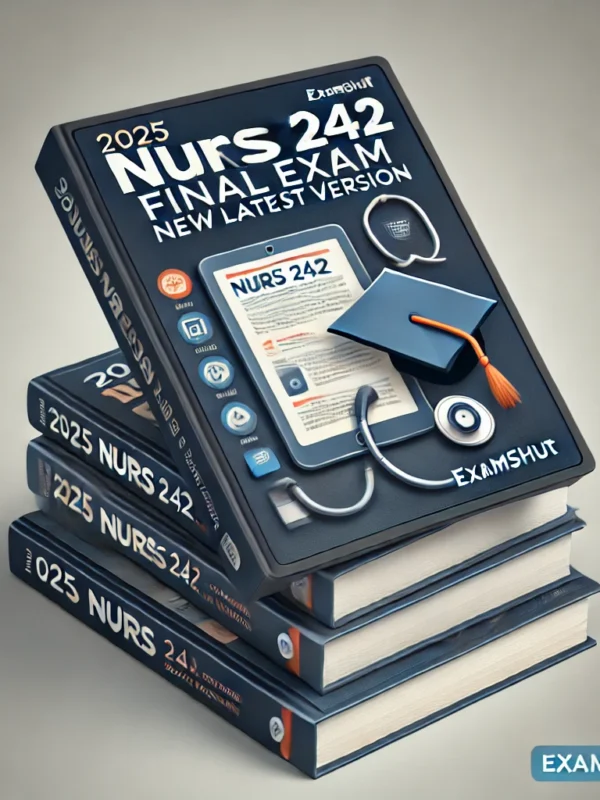
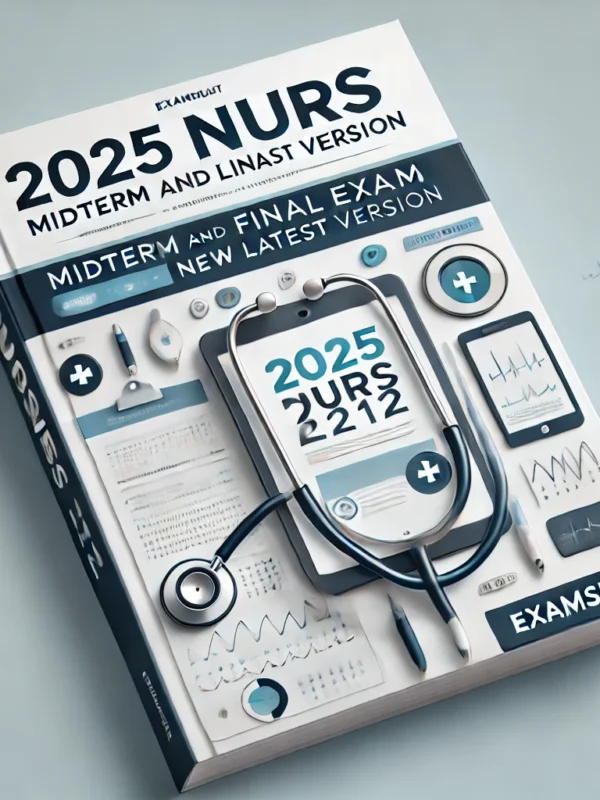
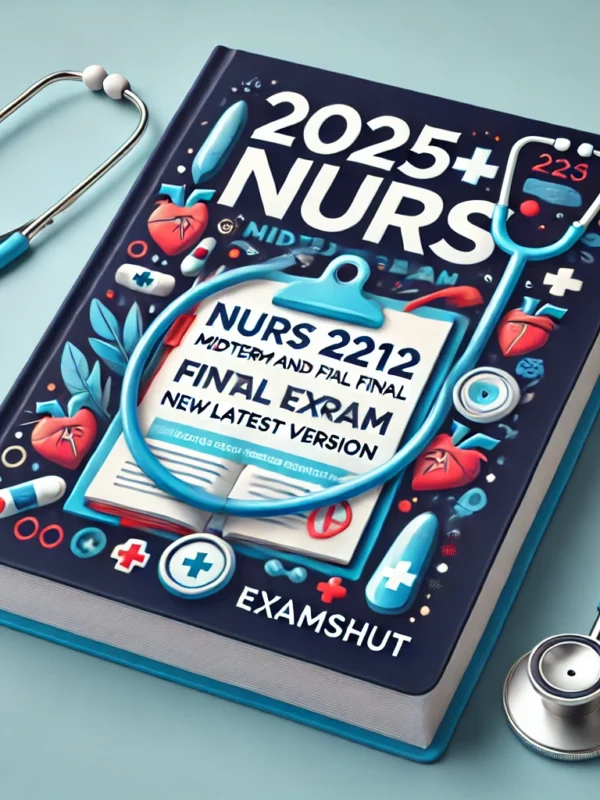
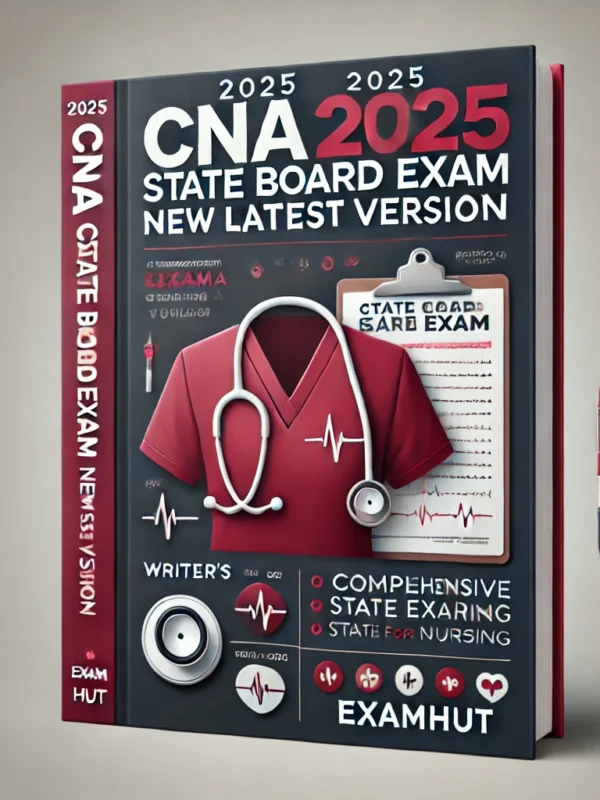

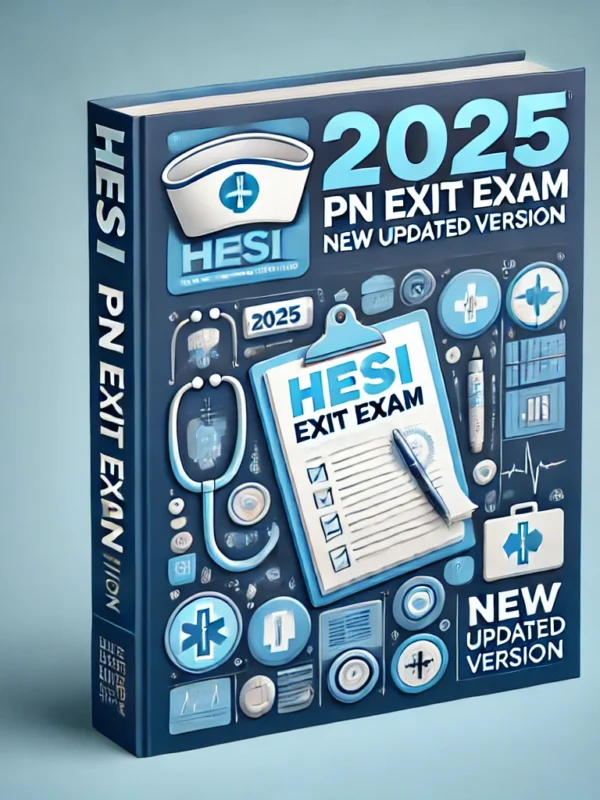
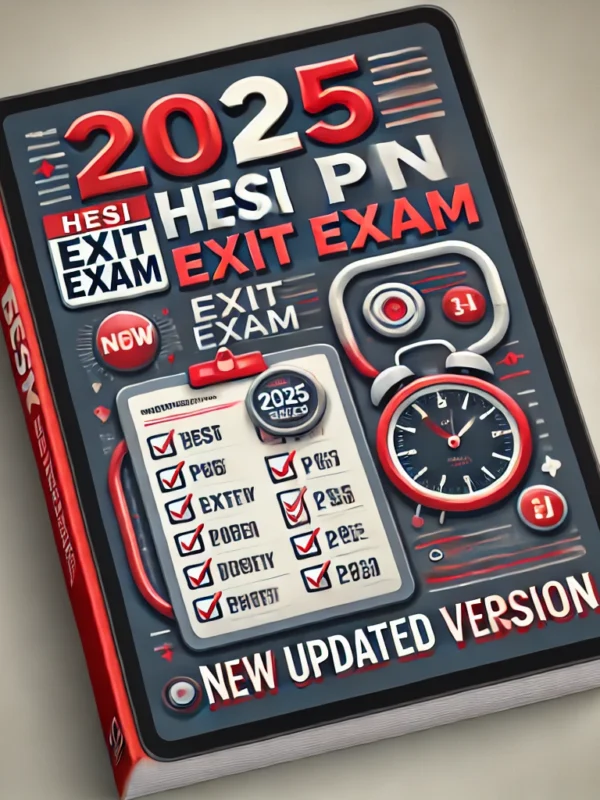
Reviews
There are no reviews yet.